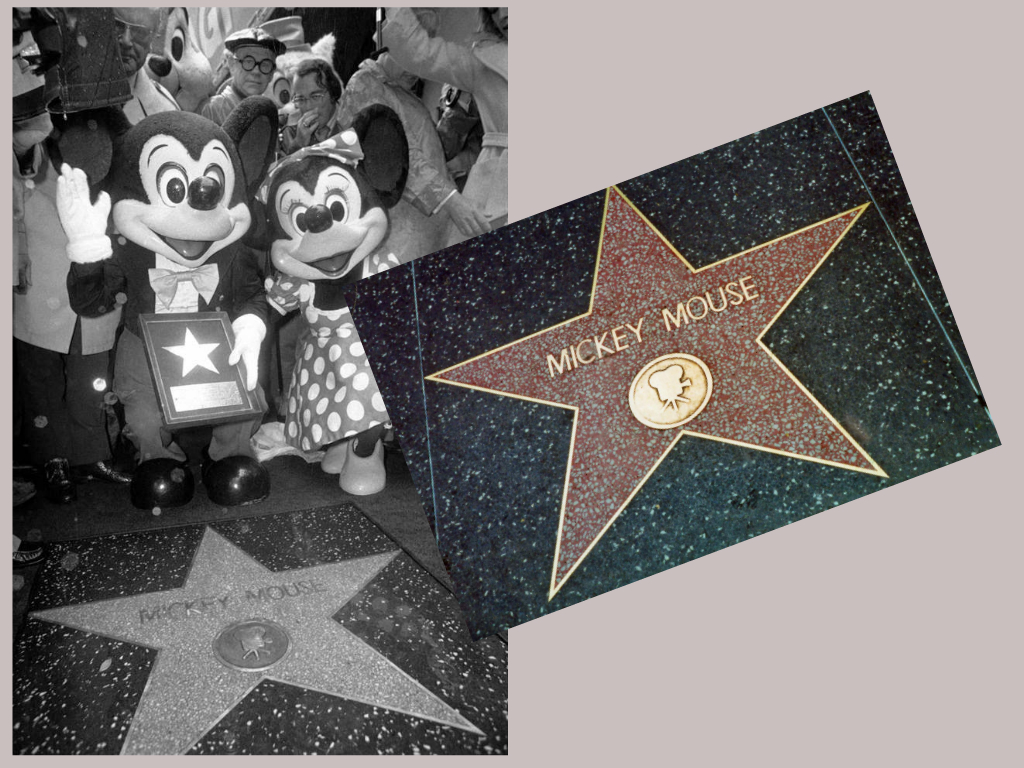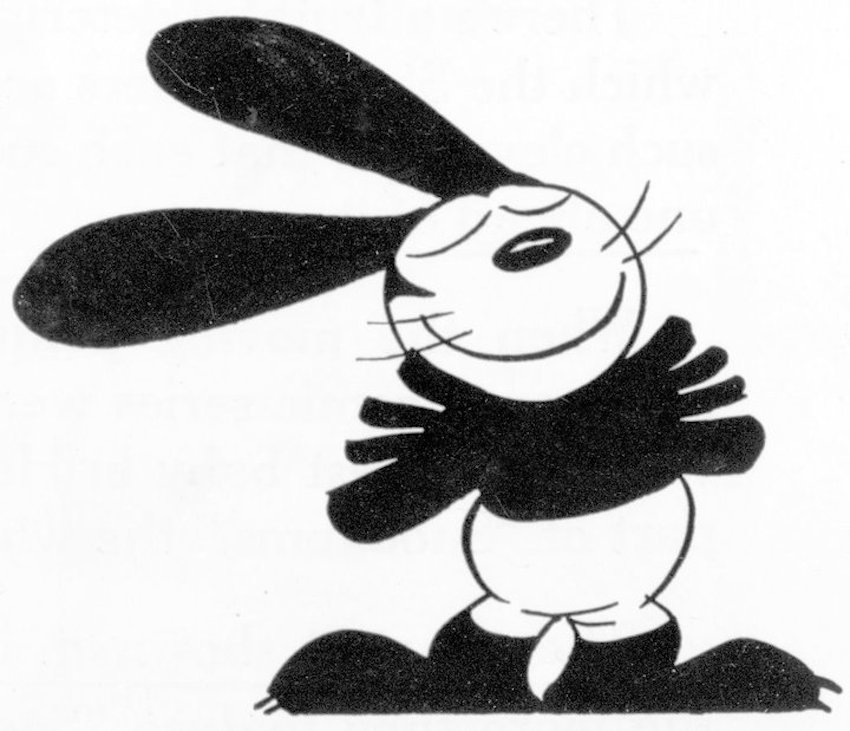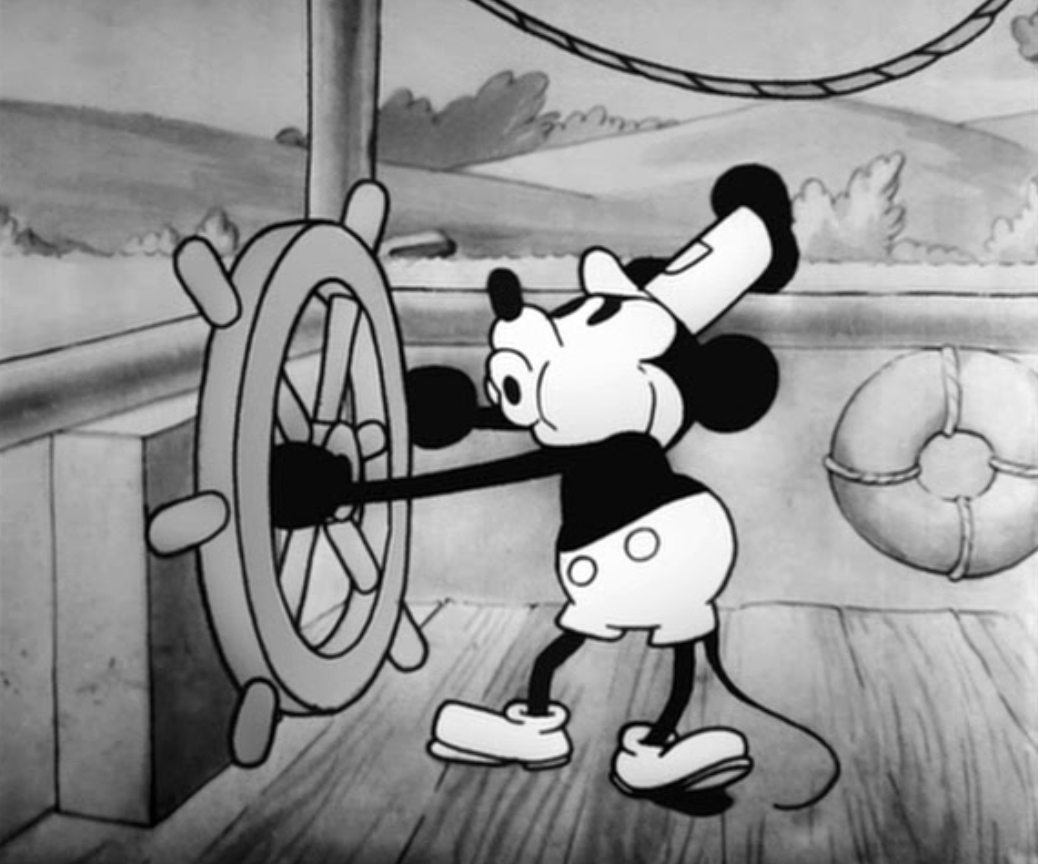Mickey Mouse is one of the oldest & the most popular animated characters around the world. In fact, in 1978, he became the first cartoon character to receive a star on the Hollywood Walk of Fame. So where did it all begin? In Throwback Thursday, we take a look at the beginning of one of the world’s most loved characters.

Mickey’s story actually starts with a rabbit. Before Disney Studio became the biggest name in the global animation industry, it was Disney Brothers Studio, a part of the Universal Pictures’ animation wing. In 1927, Walt Disney created Oswald, the Lucky Rabbit. The round, white face, big button nose and floppy black ears were an instant hit, and Universal produced a series of shorts. In 1928, when Disney met Universal executives to negotiate another contract, he was informed that the studio had hired all of his employees and retained the rights to Oswald. The studio also offered to employ Disney at a lower salary, which, thankfully, he refused. He returned to work with Ub Iwerks, the only Disney animator who turned down Universal’s offer.

A series of late-night brainstorming sessions, arguments, hair pulling, and disappointments later, the duo shortened the rabbit’s ears, added some padding around the middle, and turned him into a mouse named Mortimer. But the name was soon changed to Mickey; the most popular theory being that Disney’s wife hated the name & suggested the replacement.
In May 1928, Mickey made his debut in the silent short, Plane Crazy, which failed to draw any distributors. But Mickey returned to the big screen on November 18, 1928 with his own feature, Steamboat Willie. This was the first animation to feature synchronized music and sound effects, and was an instant hit. Following this success, a number of Mickey Mouse short films released within a matter of months, including Plane Crazy, but this time with sound.

By the end of the year, Mickey had become a household name. Not a man to lose time, Disney cashed in on this craze with a line of Mickey merchandise, and within two years the Mickey Mouse Club for children was up & running. Since Mickey had become an icon for children, it was always important for him to be moral & right. This led to the creation of another iconic character in 1934 – Donald Duck – who always got into trouble.
In 1935, Mickey got his current look. The man responsible for this makeover was animator Fred Moore. Earlier, the mouse was drawn as a series of circles, which limited his movement. Moore gave him a pear-shaped body, pupils, and a shortened nose, to make him cuter. This was also the year that Mickey also appeared in colour for the first time – red shorts, large yellow shoes, and white gloves – the Technicolor short film, The Band Concert.
By 1937, Disney Studios was producing around 12 Mickey shorts a year, with Disney himself providing the mouse’s high-pitched voice. During this period, Mickey became a football hero, a hunter, a tailor, and a symphony conductor. He accidentally sprayed himself with insecticide, rescued Pluto from the dogcatcher, crashed a car into a barn, fell behind on his rent, enlisted in the army, had his house repossessed, and lost Minnie to an innumerable string of muscular bad boys (although he always won her back in the end). The cartoon series made extensive use of slapstick and puns.
By the 1950s, Mickey had a theme park, a newspaper comic strip, and his own television variety show – The Mickey Mouse Club. But soon other Disney feature films like Bambi and Sleeping Beauty began to bring in the fame & money, and the mouse faded into the background. Between his last cartoon short – The Simple Things – in 1953, and the Christmas special in 1983, Mickey’s Christmas Carol, the mouse remained in retirement for 30 years.
Yet in the 21st century, Mickey’s ears remain one of the most famous cultural icons. He has posed for photographs with every person who ever visited the Disneyland, and all mouse-related merchandise sales continue to contribute about 40% to the company’s revenue. Mickey continues to make his presence felt. He made a cameo appearance in Who Framed Roger Rabbit, in a Sex and the City episode, he has been printed on t-shirts, and on walls of children’ nursery. In 2002, he appeared in the PlayStation2 video game Kingdom Hearts.
If we go by the trend, Mickey doesn’t seem to be going anywhere in the near future. He will remain a part of popular animation for as long as Disney is around.
When did you first come across Mickey? Tell us in the comments below.


